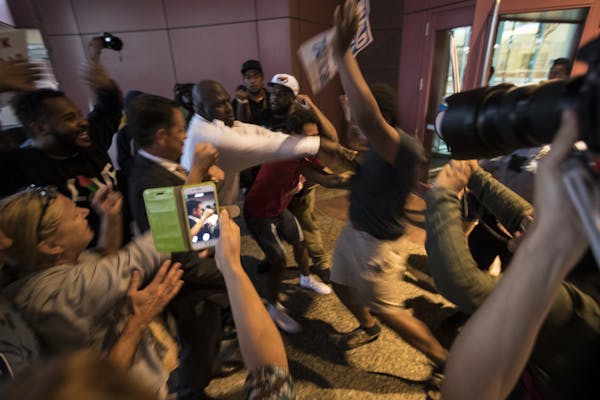Assaults, shootings, intimidating harassment and even running gun battles have become more common in downtown Minneapolis' busiest entertainment zone, according to some business owners in the area.
Members of the Warehouse District Business Association (WDBA) recently told the Star Tribune Editorial Board that increased criminal activity is frightening customers and potential customers and making it harder to recruit and retain workers.
And, they say, some city elected officials have been slow to respond to their concerns and aren't doing enough to help improve safety. "Increased gun violence and growing anger and hostility are putting our success in peril,'' said Joanne Kaufman, executive director of the WDBA. "Our customers are afraid to come here or stay beyond a certain hour when they do.''
City officials counter that there are indeed efforts underway to address downtown crime — including more patrol officers at peak bar closing hours, changing traffic and parking options, and surveillance cameras on every corner.
They acknowledge the increase in bad actors congregating downtown during the late night and early morning hours. But they point out that there are some things business owners could do differently that might help as well — earlier closings, asking more from the off-duty officers they employ for security and doing away with the 18-and-older nights that can draw younger troublemakers.
For progress to be made, business owners and city officials will need to collaborate on a strategy to improve safety and target the small number of repeat offenders who commit too many of the crimes. With two major stadiums, dozens of bars and restaurants, and several theaters and hotels, the city's premier entertainment district is too crucial to the vitality of downtown to ignore.
To that end, a study of downtown Minneapolis by the Responsible Hospitality Institute concluded that "public safety in hospitality zones requires a continuum of collaborative partnerships, from licensing and permitting to enforcement and regulatory agencies. Communication among safety [officials], businesses and residents is key to reducing risk."
The report recommends creating an interagency public safety team, exploring improvements to business licensing to match risk with venue practices, evaluating police practices for nightlife venues and providing better training for security staff.
Those are good recommendations, but the violence is likely to continue unless business owners and city officials are in agreement on how to address it. Failure to reduce Warehouse District crime would have serious consequences for Minneapolis. Potential residents, workers and customers will simply live, work and play elsewhere if they believe it is too dangerous to venture downtown.
All of the stakeholders in the Warehouse District and downtown Minneapolis should work together and unify behind strategies to improve safety.
Ukraine aid vote is a domestic and geopolitical inflection point



